Researchers at Queen Mary University of London have developed the smallest solar-powered multi-rotor drone to date, capable of an impressive 3.5 minute flight time. The micro aerial vehicle (MAV) measures just 0.15 m x 0.15 m and weighs a mere 0.071 kg, making it a groundbreaking achievement in the field of solar-powered drones, reports PV Magazine.
Innovative Solar Technology
The Micro Solarcopter utilizes state-of-the-art solar module technology from US-based Sunpower, boasting a power conversion efficiency of 22.6%. The micro module has a thickness of 0.000165 m, a mass of 0.0063 kg, and a surface area of 0.0156 m2. Despite its small size, the solar panel provides sufficient power to sustain the drone’s flight.
Energy Storage and Hibernation Mode
To overcome the limitations of the small usable surface area, the drone incorporates a 0.3 Ah lithium polymer battery storage system. The battery can enter a hibernation mode when fully discharged for over 40 days, conserving electricity during periods of low or no light. Under standard illumination conditions at 25°C, the battery can be recharged in approximately 68 minutes.

Drone Technology and Components
The Micro Solarcopter is based on a commercially available M:Tech quadcopter, with an electrical power consumption of 3.57 W. It features a 32-bit flight controller, a Nine Eagles P-51 micro electric motor, a gearbox coupled with a Turnigy Micro-quad propeller, an FPV camera, switching voltage regulators, a buck-boost converter, and a MOSFET for power management.
Flight Performance and Future Developments
During testing, the solar aerial vehicle demonstrated the ability to fly over 15 m in height for around 3.5 minutes, depending on the voltage cut-off setting. While this flight time is short compared to fixed-wing MAVs, it is close to the endurance figures of other multi-rotor MAVs. The researchers plan to address recharging issues by developing moving unmanned ground vehicles that would serve as larger PV units for faster recharge.
The development of the Micro Solarcopter marks a significant step forward in the field of solar-powered drones. As the researchers continue to refine and improve the Drone Technology, we can expect to see even more impressive achievements in the future.
The images are courtesy of Queen Mary University of London and was originally published in the journal Scientific Reports under the Creative Commons License CC BY 4.0, which allows for sharing and adaptation with proper attribution.



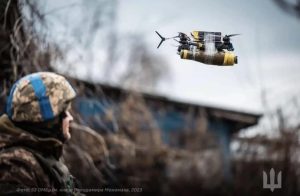


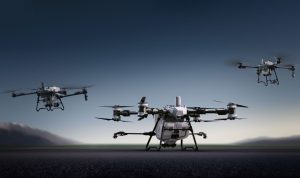

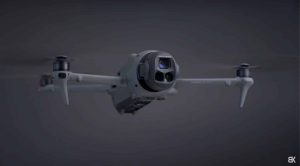
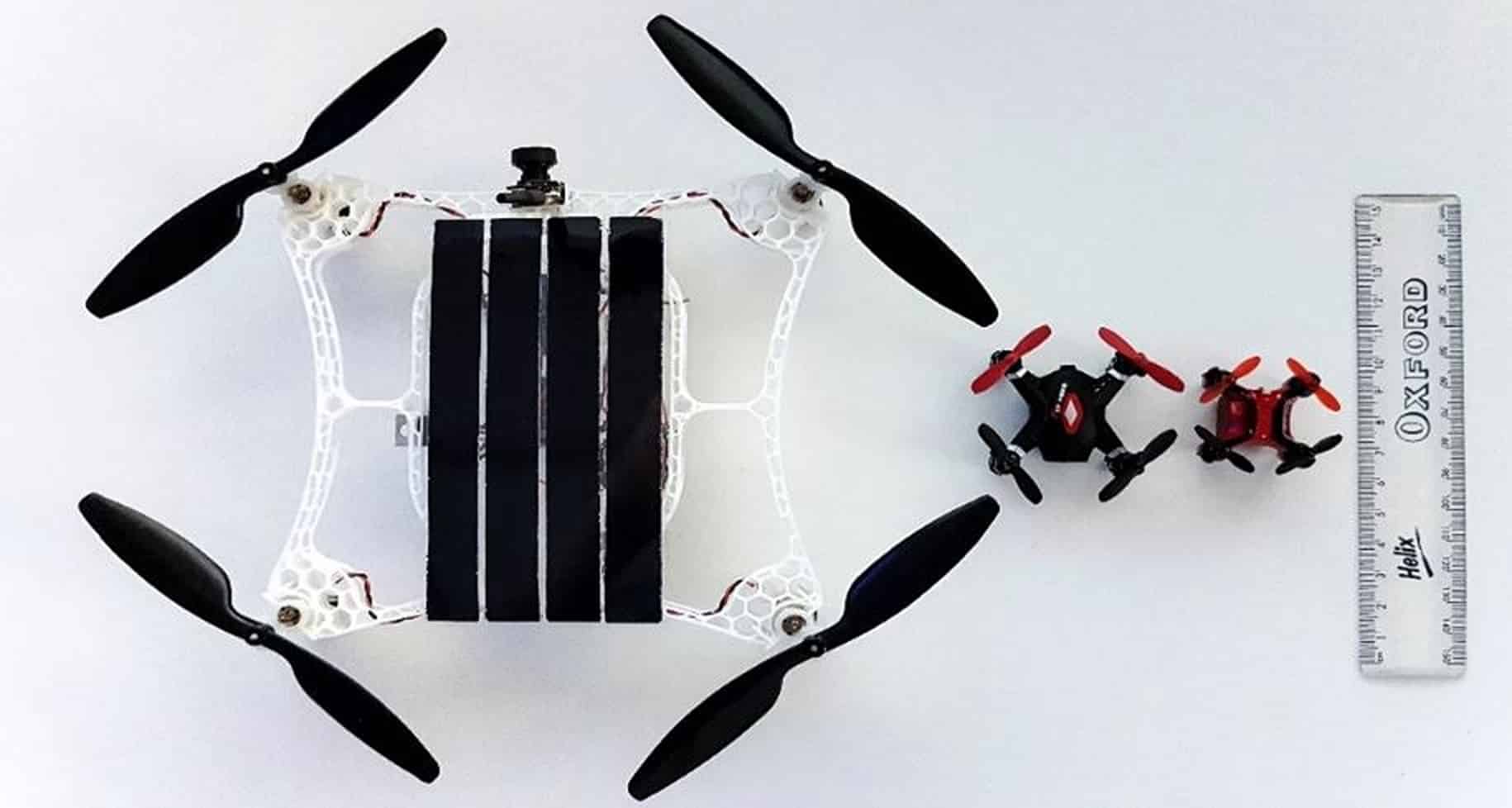



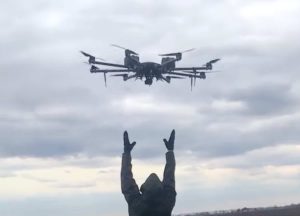

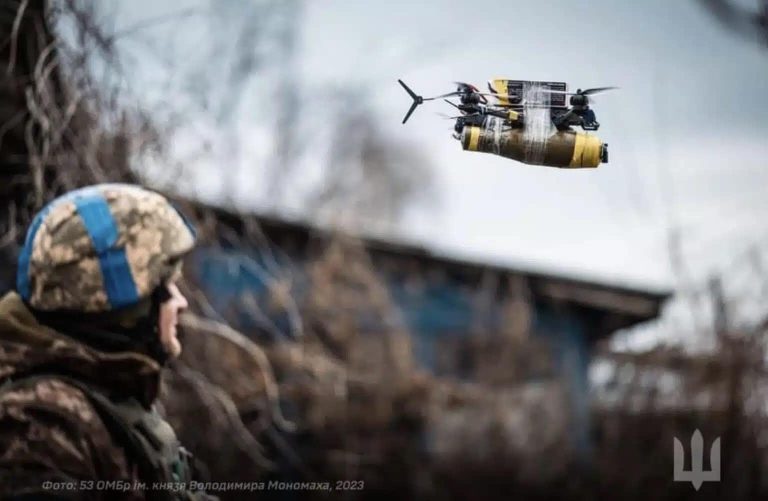



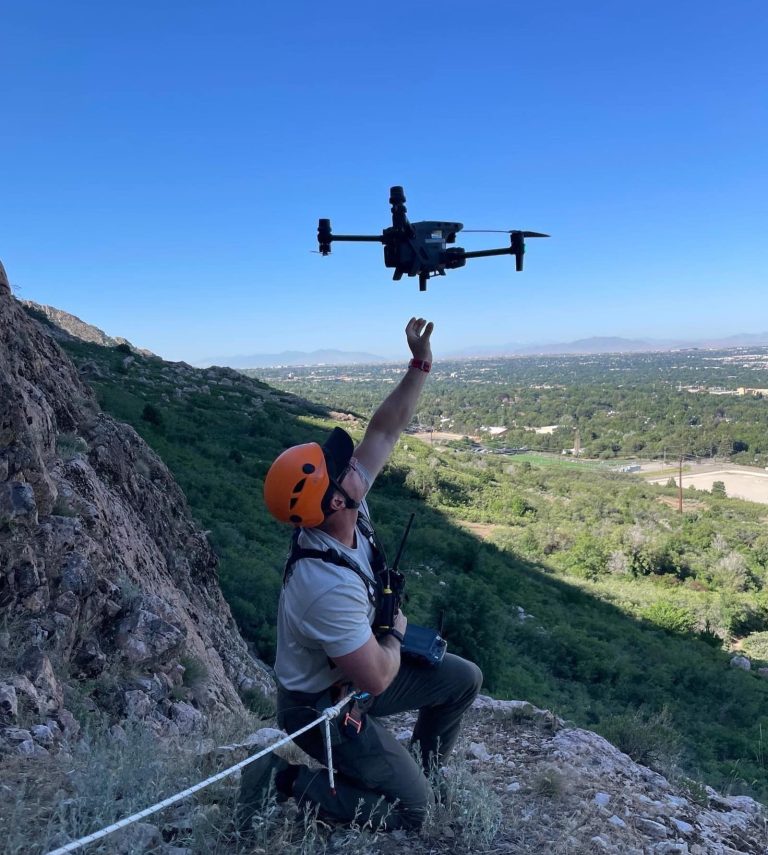
+ There are no comments
Add yours